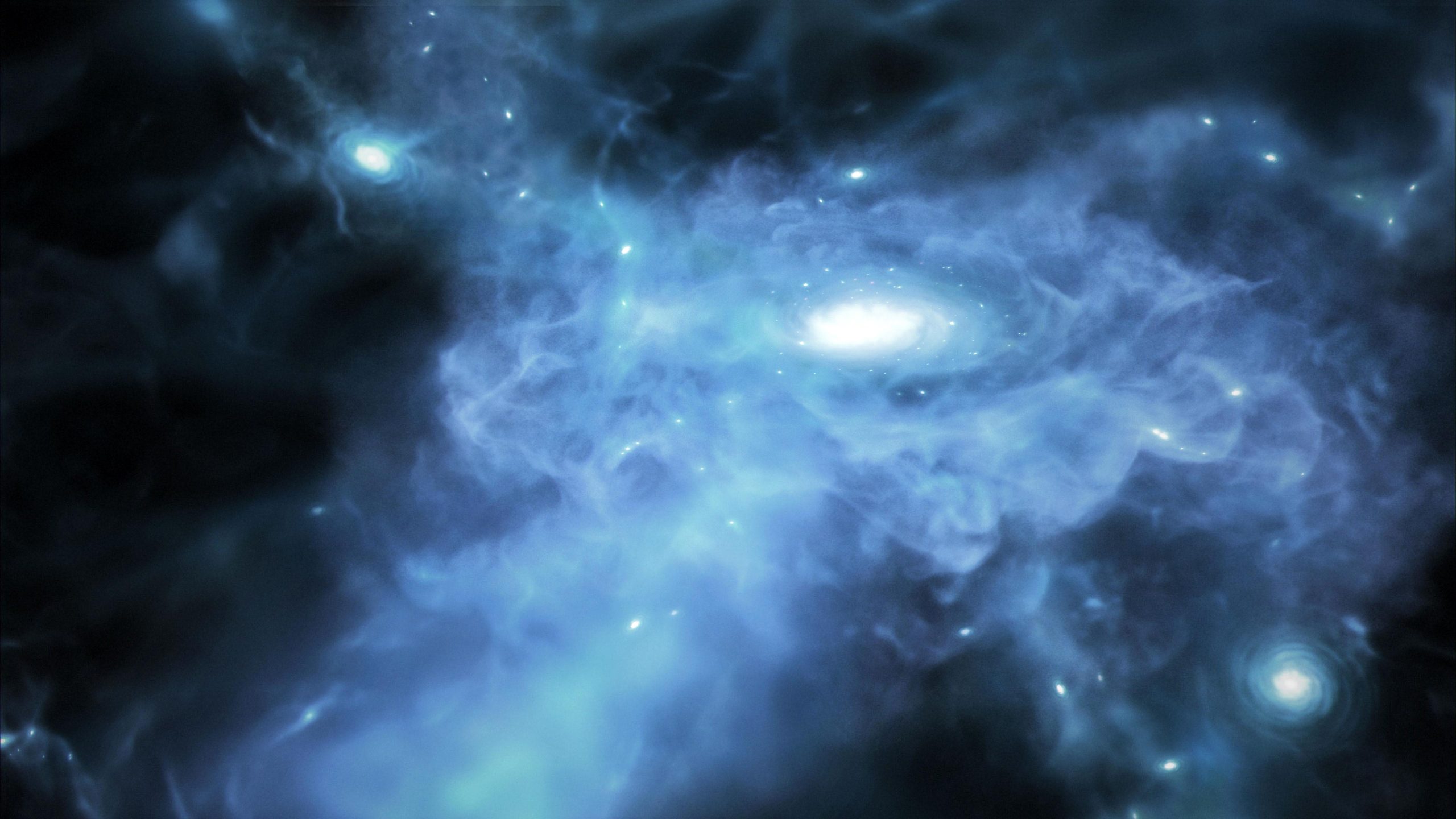
**Revolutionary Finding: Terrestrial Telescopes Capture Signals from the Cosmic Dawn**
Terrestrial telescopes have achieved an extraordinary milestone by capturing signals from the universe’s Cosmic Dawn, a time that signifies the birth of the first stars over 13 billion years ago. This accomplishment, facilitated by the detection of polarized microwave light, offers invaluable perspectives on a pivotal era in the universe’s past.
Set high in the altitudes of Chile’s Atacama Desert, researchers utilized cutting-edge technology to detect signals a million times fainter than standard cosmic microwaves. This breakthrough showcases how ground-based observatories can now investigate previously unreachable cosmic eras, a role formerly reserved for space missions. Up until now, only space-based telescopes, such as NASA’s WMAP and the European Space Agency’s Planck, have managed to obtain these ancient signals, offering insights into the transition from a dark, neutral fog to the ionized universe we see today.
**Conquering Challenges:**
The researchers encountered considerable obstacles in capturing these signals, which are essential for unraveling the enigma of the Cosmic Dawn. Ground-based telescopes must contend with various interferences, including radio transmissions, radar, satellites, and atmospheric disruptions. However, the Cosmology Large Angular Scale Surveyor (CLASS) project successfully navigated these challenges, accomplishing what was once deemed impossible.
**Uncovering the Cosmic Timeline:**
The findings probe a crucial cosmic epoch. After the Big Bang, the universe was shrouded in an opaque electron fog that hindered light from escaping. As the cosmos enlarged and cooled, neutral hydrogen atoms emerged, permitting microwave radiation to travel unobstructed. The Cosmic Dawn followed, with the intense energy of the first stars reionizing the universe, a phenomenon now detectable by CLASS through the polarization imprints left on ancient photons.
The researchers created a “pixel-space transfer matrix,” an advanced tool designed to rectify systematic errors, allowing for unbiased measurements despite the necessity for stringent filtering of ground-based interference.
**Scientific Achievements:**
This initiative signifies numerous significant milestones:
– The initial terrestrial detection of cosmic reionization signals.
– Innovation in correcting systematic errors in ground observations.
– Independent validation of space-based measurements.
– Enhanced methods to differentiate cosmic signals from interference.
– New pathways to achieve cosmic variance-limited precision.
**Consequences for Cosmic Studies:**
These discoveries extend beyond cosmic history, contributing to the understanding of dark matter and the conundrum of universe expansion. Charles Bennett, a prominent figure in cosmic investigation, emphasizes the universe as a laboratory for physics, where refined measurements sharpen our comprehension of dark matter and elusive cosmic particles.
The precision of this study also aids in uncovering primordial gravitational waves, hidden beneath the reionization signals now observed from ground-based arrays.
**Looking Ahead:**
The success of CLASS validates innovative strategies, such as employing rapidly spinning polarization modulators to lessen systematic errors. By validating their results with data from space missions, common cosmological signals can be differentiated. This groundbreaking strategy establishes a benchmark for terrestrial observatories to rival space missions in addressing some of astronomy’s most challenging measurements.
With prospective advancements, CLASS aims to achieve cosmic variance limits, yielding unparalleled insights into the universe’s earliest epochs. As the scientific community looks forward to upcoming space missions, CLASS exemplifies how terrestrial innovation continues to illuminate the universe’s beginnings, enhancing humanity’s grasp of cosmic origins.
**Promoting Independent Science:**
This significant research was made possible by dedicated scientists seeking knowledge. To ensure ongoing exploration and reporting of transformative discoveries, consider supporting independent science journalism, where each contribution empowers the quest for narratives that deepen our comprehension of the universe.